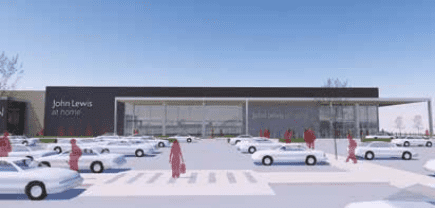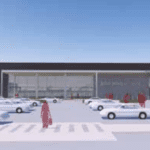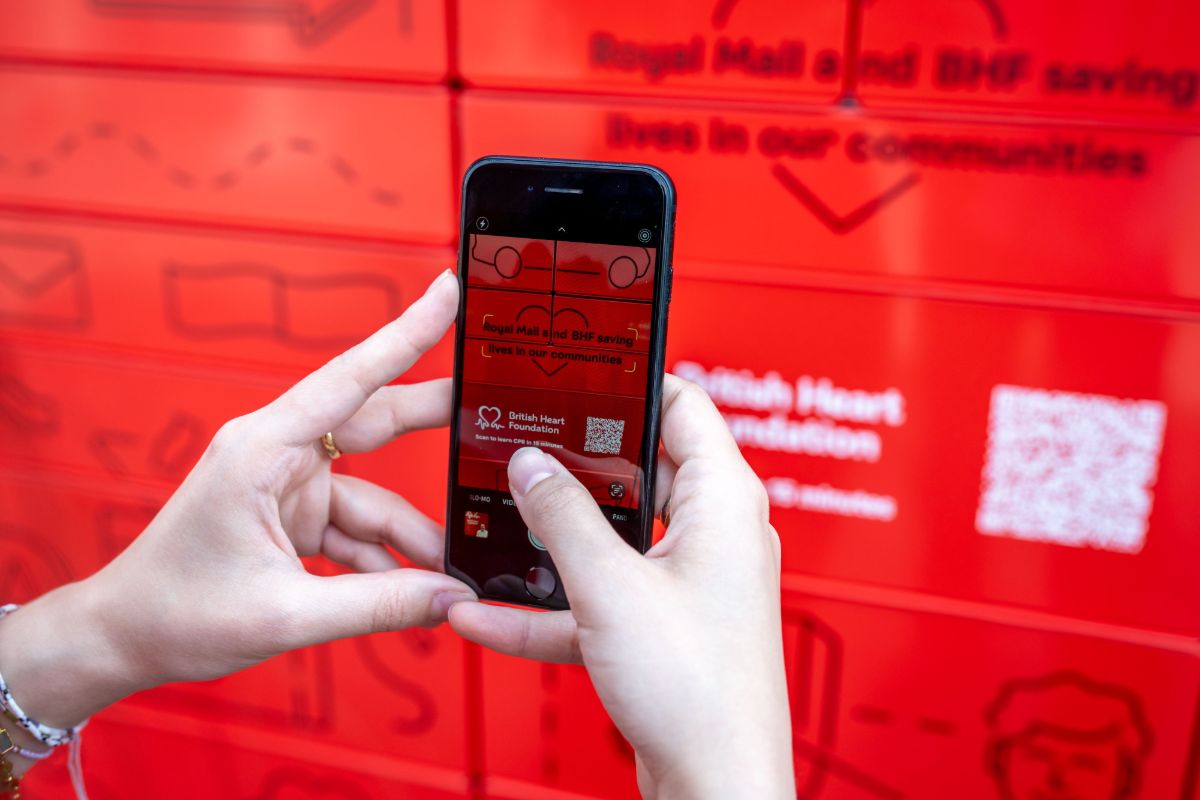John Lewis has grown its ecommerce business around delivery. The company first sensed the online opportunity back in 2010, says John Munnelly, head of operations at John Lewis’ Magna Park Campus distribution centre. It responded by building flexible capacity that allowed it to expand as online orders grew well ahead of expectations. In the year to 31 January 2015, John Lewis online sales hit £1.4 billion while its total gross sales reached £4.43 billion. Click and collect accounted for 54% of ecommerce orders, and use of this service grew by 47%, year-on-year. In such a business, Munnelly told InternetRetailing Expo (IRX) 2015, “The new shop assistants are the pickers, packers and delivery drivers, and that’s something we all need to get our heads around.”
Today, the company offers UK shoppers a comprehensive choice of six delivery and collection options. The only free option is click and collect, with pick-up from a John Lewis or Waitrose store from 2pm the following day. The CollectPlus service for next-day collection or standard, five-day delivery both cost £3. Three premium services, named or Saturday UK delivery, or named-day UK delivery before 10.30am, cost £6.95 and £9.95 respectively. Free-of-charge returns can be made for up to 90 days through four channels including stores.
Information is clearly signposted on the johnlewis.com website, with front-page banners signposting comprehensive information on both returns and deliveries. Details are also clearly visible on the product page, so that shoppers can see how much a delivery will cost before they click to buy.
John Lewis’ index value in the IRUK 500 Operations and Logistics Dimension
It’s a performance that wins John Lewis a place among the Elite in the IRUK Operations and Logistics Performance Dimension. But, says Munnelly, there are still plenty of challenges. Among them, the profitability challenge: it costs around three times as much to get a product to a customer than onto a shelf in the store. That’s an issue when more than 30% of the business is now online. Munnelly predicts “huge opportunities” to be made through marginal gain changes that might be as small yet significant as where bar codes are positioned on packaging.
Speaking at IRX, he said that while many people thought John Lewis was ahead in the omnichannel race, “We actually don’t know if there is a finishing line and we will undoubtedly find there are many, many more hurdles ahead.” ●







